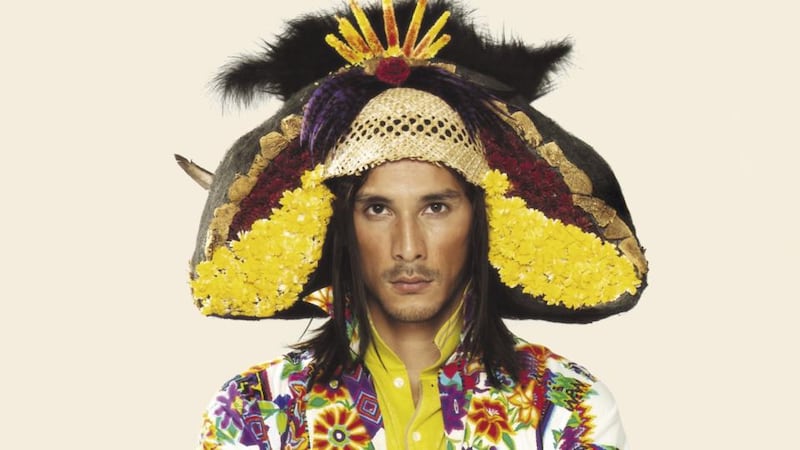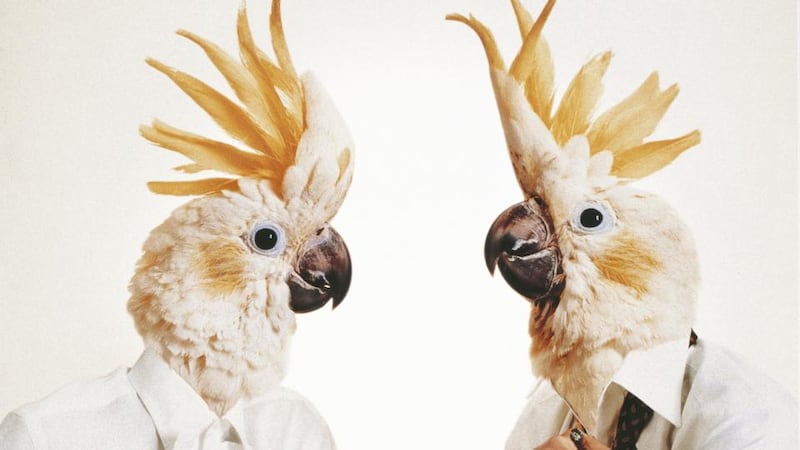Ever cooked a shirt? Here’s how to do it. Line the bottom of a baking dish with blueberries and sugar; place a folded Etro white shirt over it. Top with more blueberries and sugar, pour blueberry juice all over it and bake at 170 degrees for about 40 minutes. Details of the recipe and its results are shown in the handsome and lavishly-illustrated new book about Etro, the family run Italian company famous for its textiles, quirky styling and its signature paisley motifs reworked in every collection.
Founded by book lover and art collector Gimmo Etro in 1968, the luxury company is now run by his four children memorably named Ippolito, Jacopo, Kean and Veronica, though Ippolito recently announced his departure as company director.
In an interview Jacopo described the family as typically Italian: “We don’t scream, but if there’s a difference of opinion, we use our hands a lot,” adding somewhat undiplomatically that his sister and brother’s collections “get great editorial, but they never sell”.


His ideal customers apparently are eccentric bohemians who like heritage with a twist and include some of the Guinness family. So you get the picture.

The new book Etro by Renata Molho shows how the brand's luxury, lustrous materials and skill with flamboyant colour and pattern express an Italian aesthetic that is playful, cultured and sophisticated. In the 1980s they expanded into home furnishings, accessories and leather goods, and in the 1990s launched womenswear and menswear collections inspired by nature, art, travel, jazz, travel and, as always, paisley.
References to artists and art movements abound, with their sartorial takes on Bakst, Warhol, Klimt, Rothko, Malevich and others.
The book is constructed around the ready-to-wear collections, interspersed with conversations between the Etros and their friends who have made the theme of the collections a focus of their work.
For instance, Veronica talks to Leatrice Eiseman, a world expert on colour. “You need to acquire some self-assurance to be able to wear colours,” says Veronica. “Because it is a lot like standing in the spotlight. It is a statement. On the runway, a black outfit that comes out after a series of printed ones is relaxing.” She also reveals that Americans don’t like orange and black, that Asians don’t like yellow and that superstitious Italians won’t wear purple.
Elsewhere Kean discusses sustainability and food culture with Carlo Petrini, founder of the Slow Food movement.

As for paisley, no Etro collection is without it. Gimmo talks to Monique Levi- Strauss, a specialist in 19th-century French paisley shawls about his grandmother’s shawls and how he and his wife Roberta began their collection of some 300 shawls, from which the company draws direct inspiration.
“At the end of the day it’s what people want from us,” he admits. Using both traditional and modern technology, Etro has coloured, geometrised, printed, sewn, pulverised, embroidered, broken up, dissected, laminated, siliconed and even used Braille on paisley.
Last April, 100 garments from its archive played a leading role in a tableau vivant in the CAFA Art Academy Museum in China, to celebrate its grand opening in Beijing.
The book's cover, a parade of smartly dressed animals (models with deer, antelope, mallard and turkey heads) seated around a dinner table chatting amiably sums up its novel, avant garde approach to a winter campaign. Etro by Renata Molho published by Rizzoli £55













